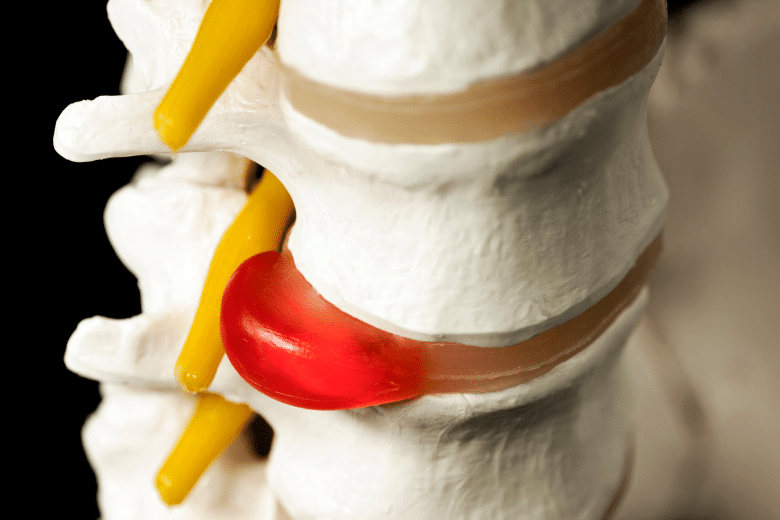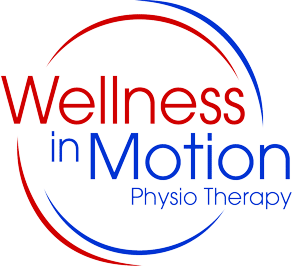Are You Suffering From Back Pain or Sciatica In Chislehurst or Dulwich?
Back pain and sciatica cause persistent discomfort and limited mobility. At Wellness in Motion we treat numerous patients with back pain and sciatica.
The Effects of Back Pain & Sciatica
Back pain and sciatica (where nerve pain radiates down one or both legs) can be seriously painful and debilitating. Symptoms can range from mild discomfort and stiffness right up to severe pain that would warrant attending A&E. Sciatica is recognised as one of the most painful things we can experience and is often considered by mothers to be worse than childbirth. Most of the time there is nothing seriously wrong and unless you suspect a fracture (i.e. broken bone) from a fall or car accident then there is very little your GP or A&E can do for you other than give you painkillers (which often don’t work very well) and tell you to keep moving (often easier said than done!)
The majority of spinal problems stem from the fact that we evolved big brains and started walking on two legs rather than four which means we are more vulnerable to neck and back problems than our four-legged friends. That said however our spines and discs etc. are robust structures designed to cope with load and being active, indeed it’s usually a lack of activity that causes all the problems. Our spines were simply not meant to be stuck in school or office chairs all day long which leads to deconditioning and almost inevitable pain and injury.
Back pain and sciatica can make it challenging to perform routine activities such as bending, lifting, walking or even sitting for short periods. Left untreated, back pain can often cause reduced mobility and lower activity levels resulting in progressive muscular weakness and stiffness and an overall reduction in physical fitness.
Request A Call Back from a physiotherapist
If you’re not quite ready to book an appointment yet and have some questions you would like answered first, click the link below to complete a form to get the conversation started.


Why Quick Fixes Are Not The Answer
To address the pain, it’s common for patients to apply heat packs or ice packs to the affected area to provide temporary relief by reducing muscle spasms, and inflammation, or by taking over-the-counter painkillers however, these passive treatments don’t address the underlying causes of pain effectively.
Patients with back pain and sciatica often seek out someone who will try and ‘crack their bones back into the correct alignment’. This is a common misconception maintained by certain practitioners who fail to understand the fundamental principles of spinal mechanics. The spine and it’s discs is a robust structure and discs or spinal joints do not easily move in out of alignment. Discs and spinal joints only move out of alignment when the spine is subjected to major trauma of some sort i.e. a fall from a height or a car crash, for example. In these scenarios if the spine is ‘out of alignment’ it will have to be realigned by surgeons using metal rods and implants! Run of the mill low back pain involves nothing of the sort, and the pop that you can feel having your spine manipulated is merely a pocket of gas being popped inside the joint. Nothing is out of alignment and nothing is being put back into alignment in this scenario. Any relief you feel is going to be temporary and in some circumstances, it can be really dangerous to try and manipulate spinal joints as this can sometimes cause disc damage or other complications. Our physiotherapists are trained in spinal manipulation and use this when appropriate but this is a small number of patients that receive this type of treatment in our practices.
Our Approach to Back Pain & Sciatica
We liken managing back pain and sciatica solely with exercises to trying to manage tooth-ache without having a filling! For patients with acute pain, we stress the significance of early management to prevent it from becoming chronic. For those with long-standing pain, our treatment often involves techniques like dry needling, massage, and soft tissue work to release tight muscles that have been aggravating nerves over time.
Patients often experience significant relief surprisingly quickly, even for longstanding issues. We encourage patients not to lose hope and advocate for targeted hands-on treatment combined with specific physio exercises tailored to individual needs. We highlight the importance of addressing overall fitness and mobility, which can deteriorate due to pain-induced immobility.
While we successfully treat a majority of cases without resorting to drugs or injections, we acknowledge a small percentage of patients may require additional interventions which we integrate cautiously as part of a comprehensive treatment plan. Our approach prioritises starting with effective hands-on treatments and escalating treatment methods based on patient progress, aiming for sustained symptom relief and functional improvement over time.
Why you (probably) don't need a scan
Back pain and sciatica can be incredibly painful and distressing and patients are often understandably concerned that something is seriously wrong. In the majority of cases even when pain is severe the scan findings rarely change how patients are managed in the clinic. There is a current and ongoing debate as to how closely a patient’s symptoms are linked to their scan findings and also how useful the scan findings are. Patients often delay having treatment with a physiotherapist due to the misconception that they need a scan first to rule out any serious pathology. Our physiotherapists are highly trained, first-contact practitioners and as such are qualified to assess if a scan is required or not. The majority of patients we treat do not have scans. Patients sometimes come to us having had a scan already and it’s only very rarely that the scan findings change the way things are managed in the clinic. Often scans will just reveal age related changes that have no or little bearing on symptoms. Patients who do not respond to treatment or present with symptoms that might be suggestive of serious underlying pathology will be referred immediately for appropriate emergency medical care. If you’re unsure as to whether or not you need a scan why not take us up on our offer of a free discovery visit and hopefully we can point you in the right direction.


